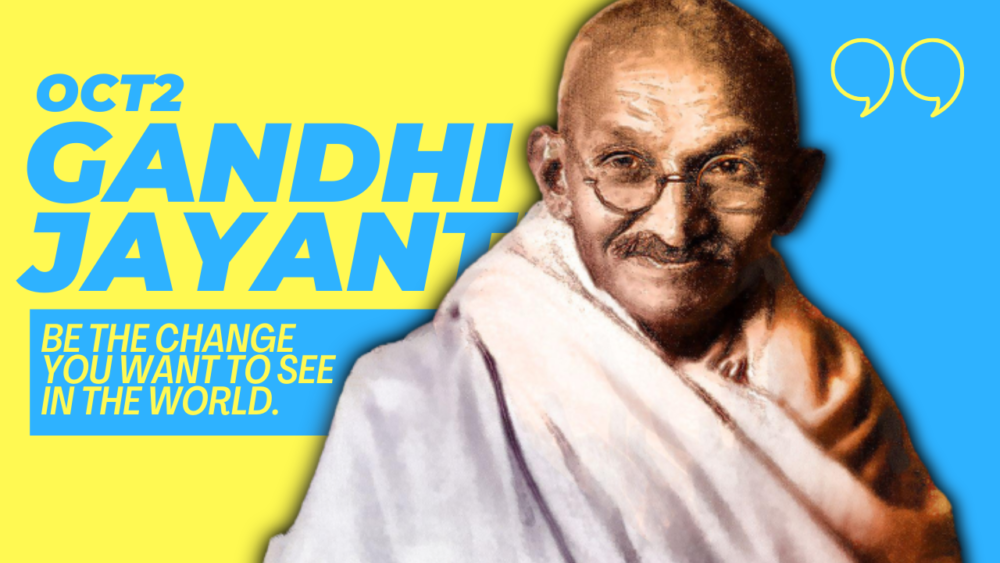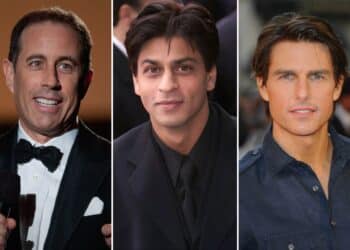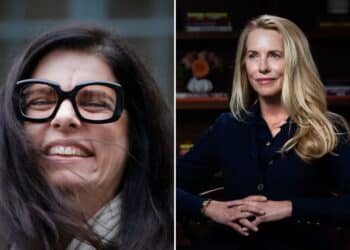The projection of body image perception in the media influences today’s generation. Bollywood is one such medium creating body type paradigms for youth. It is no doubt that from the beginning Bollywood has defined fashion trends, beauty standards. However, towards the 2000s Bollywood began defining body image both for men and women. Women with skinny body image and men with abs and bulk of muscles are regarded as proper actors and actresses regardless of their acting skills.
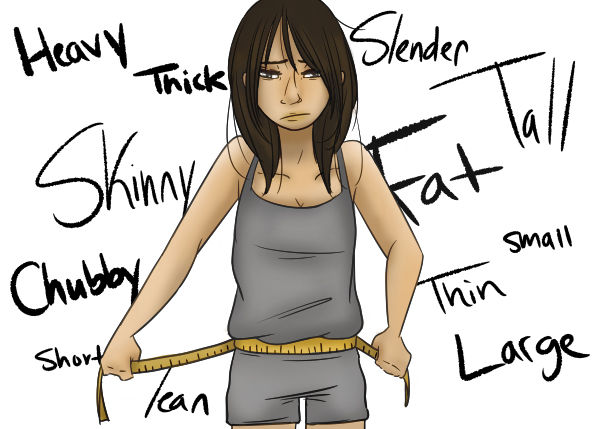
But Bollywood people are breaking the silence on body image issues now, recently Sonam Kapoor expressed “We’ve been taught that women need to be flawless even when our flawlessness is wildly implausible, sexy even when our sexiness is a break from the plot. We’re sprinting through Jurassic Park in heels, fighting supervillains in strapless corsets, being stranded on deserted Islands for days without a hint of stubble. Real female bodies are so taboo that hair-removal-cream ads show hairless legs even before the cream is applied.”
What Sonam Kapoor expressed is a real issue. Bollywood’s statement of beauty has a severe impact on Indian more importantly women. A fat body is taboo, a wax-free body is taboo, dark skin is taboo, and old age is also a taboo. Why does the media have to define beauty standards? In 2016 Priyanka Chopra’s altered photo of an armpit got controversial, she was on the cover of Maxim Magazine and was trolled for being flawless with wrinkled free clear skin armpit.
Unintentionally such a definition of beauty will only add to the already existing beauty myth that darkened underarms are a taboo. These stereotypical standards unconsciously get fed into the minds of younger girls and their understanding of beauty.

Zero figure trends that were started by a lot of Bollywood actresses took a toll over crazy Indian women frenzy over size zero. Indian women took to a desperate attempt to look thinner and prettier.
Fairness cream advertisements are not new to address. There are n numbers of racist and sexist ads. Remember when Priyanka Chopra opted for a fairness cream in a fairness cream Ad to win Saif Ali Khan, Aishwariya Rai in a fairness cream Ad advising her younger sister tricks to win a husband for her.
Not only this, there are absurd Ads that show women becoming caucasian after using a fairness cream and women opting for fairness cream to land a job for themselves. Bollywood’s fair skin favouring ads featuring milky complexioned stars have created a beauty culture in India.
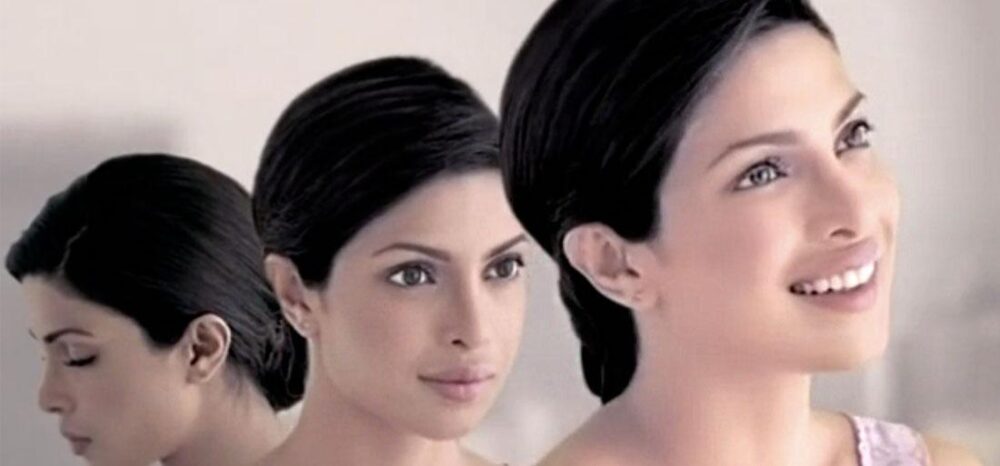
All this brings me to the question, are women only a subject for validation?
These ideal body types and skin are affecting layman, not only are these standards not idealistic but void and baseless and are brainwashing Indian women. The validation seeking women that blindly jump into the never-ending spiral of Bollywood standard of beauty is subject to low self-esteem, low sense of self-efficiency, depression, etc.
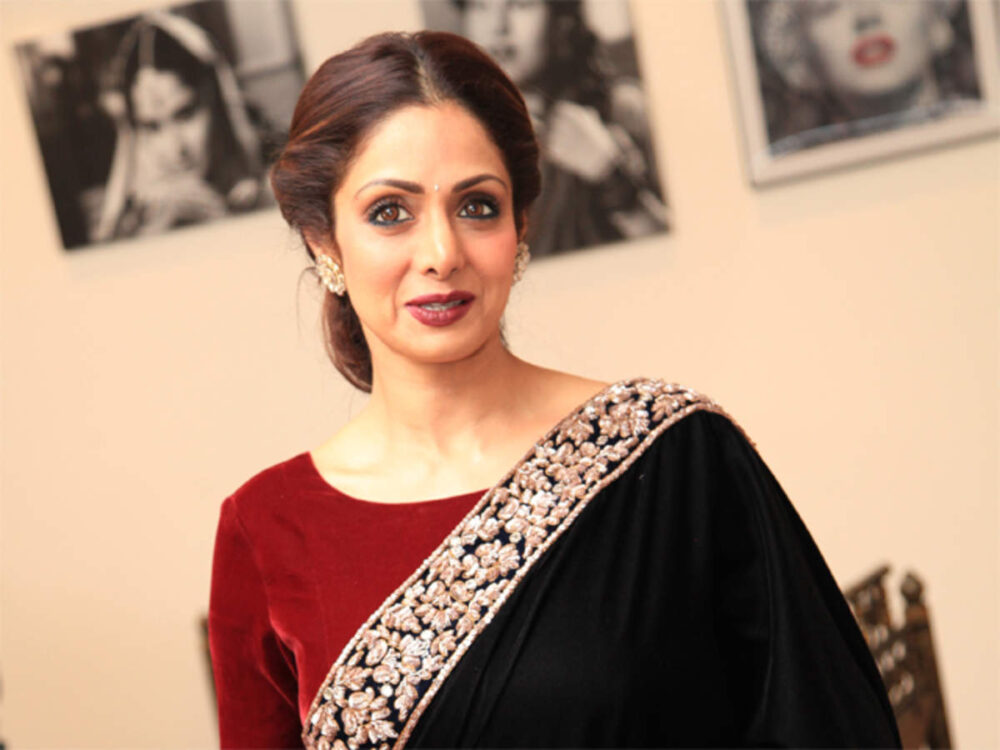
The legendary actress Sri Devi was always in talks for her looks and plastic surgeries. She is not the only actress in their quest to look perfect enhance their beauty by indulging in Botox treatments and lip surgeries. When beauty becomes an obsession, it becomes harmful and this danger penetrates the lives of Indian women. What is on the silver screen eventually comes on the streets and then into the lives of laymen affecting them to a great degree.
This unreal expectation is not only limited to ordinary girls but celebrities as well. Women across the globe are questioning the definition of beauty that is hyper-real however younger girls fall into the trap.
So what is ideal beauty?
Dr. Hema Pant, MD Dermatology at Kaya skin clinic states: “It’s an evolutionary process, and the standard of beauty should be incorporated in a way to satisfy an inner desire, not to reach an imposed ideal”
These celebrities are the imposed ideal for ordinary girls.
These girls admire and idolize celebrities’ fashion trends and beauty myths. As Naomi Wolf says in one of her books, “The image of a woman is used against women to control them. The desire to control others in men has created ideologies that shattered societies.” The beauty pressure is further boosted because of commercial influences on Mass Media. The beauty myth on TV, in movies, on billboards, fashion shows make young ordinary women repulsive towards their bodies.
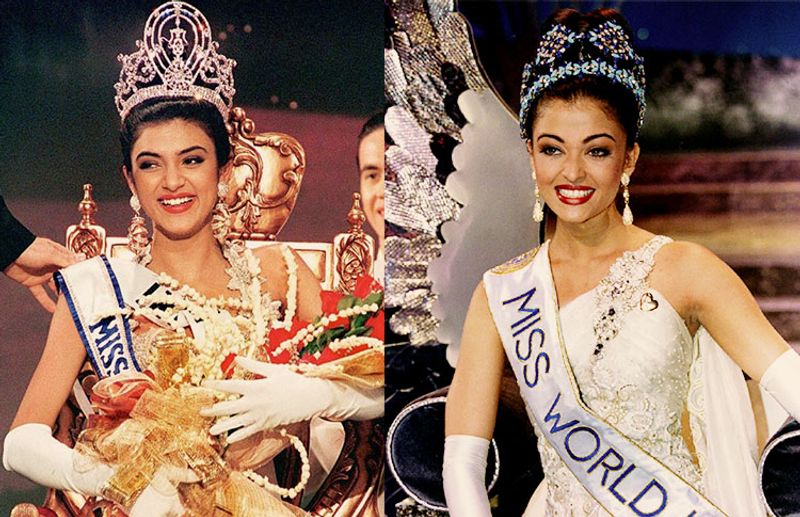
In 1994, models Sushmita Sen and Aishwarya Rai were crowned Miss Universe and Miss World setting new parameters for Indian women. The bubble of beauty ideal flawless beauty burst one day and it became difficult for young women to come out of the illusion and accept reality.
Fetishizing women, have even adverse effects: girls from a young age start to believe that a certain sexually attractive woman type can land boys and their life rocks between two things looking pretty and impressing boys. This has a drastic shift in their personal growth as an individual as well as in their psyche.
The bubble of fakeness makes them a victim of self-hatred, young girls and boys are equally fascinated by the lifestyle of celebrities and dream about the same for themselves. They start to follow their gym routine, eating habits to airport looks and yearn for validation on the social platform leading to a fake lifestyle affecting their happy state of mind.
It is a matter of concern why should women follow ideals set by others to impress others irrespective of whether it makes them happy or not? A happy state of mind should be the preference over a beautiful face and body. It is only possible when we burst the Bollywood beauty myth and accept our true self and stop seeking validation for what we are not. Women who have learned to accept themselves in their skin and body type are happier and confident.
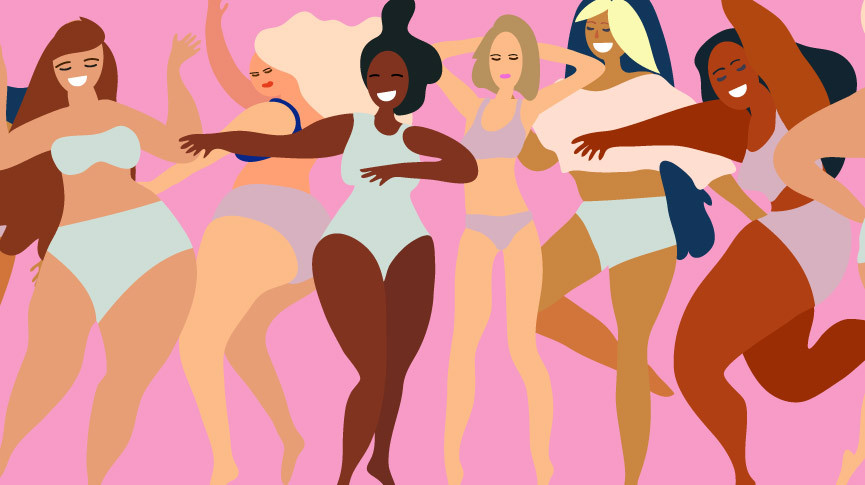
Also Read:
5 Indian Male Beauty Influencers Nailing The Internet: Normalize This Please!



